DHB(Dihydroboldenone). is a derivative of Boldenone (the active compound in Equipoise) and shares many of its properties but with some notable differences in how it works in the body. DHB is often regarded as a more potent, fast-acting version of Boldenone, with some users claiming it has stronger anabolic effects and a more noticeable impact on muscle hardness and vascularity.
Key Features of Dihydroboldenone (DHB):
- Chemical Structure:
- DHB is a reduced form of Boldenone. It has one additional hydrogen atom (hence “Dihydro”) on the A-ring of the steroid structure, which alters how it interacts with androgen receptors and other aspects of steroidal activity.
- Anabolic vs. Androgenic Effects:
- DHB is considered to have more anabolic (muscle-building) effects compared to its androgenic (masculinizing) properties. This makes it appealing to those looking for lean muscle gains without excessive water retention or fat gain.
- Faster Acting:
- Unlike Boldenone Undecylenate (Equipoise), which has a long ester and thus a slower onset of action, DHB is often considered faster-acting. Some users report seeing noticeable effects within a shorter period of time.
- Muscle Hardness & Vascularity:
- DHB is popular for its ability to promote muscle hardness and increased vascularity, making it a sought-after compound for users during cutting cycles. It can help enhance the appearance of muscle definition while maintaining or even improving lean mass.
- Minimal Estrogenic Effects:
- Like its parent compound, DHB does not aromatize (convert to estrogen) to a significant degree, so it typically does not cause the same estrogenic side effects as other steroids like Testosterone or Dianabol. However, some users still report mild water retention or slight estrogenic effects.
Common Dosages:
- Typical Dose: DHB is often used at doses around 200–400 mg per week. However, due to its potent nature, some users may start with a lower dose (e.g., 100 mg) to assess their response.
- Administration: Like other injectable steroids, DHB is typically administered through intramuscular (IM) injections. It is sometimes available in both short-ester and long-ester forms, but the short-ester version is more commonly used for quicker effects.
Benefits of DHB:
- Increased Muscle Hardness: Many users report a noticeable improvement in muscle density and hardness when using DHB, especially during a cutting phase.
- Improved Vascularity: DHB may also help increase vascularity, giving muscles a more defined and prominent appearance.
- Lean Muscle Gains: Unlike some other steroids that can cause significant water retention, DHB is often used for its ability to promote clean muscle gains without excessive bloating.
Possible Side Effects:
- Testosterone Suppression: Like most anabolic steroids, DHB can suppress natural testosterone production, which may lead to symptoms of low testosterone (e.g., fatigue, low libido, mood changes).
- Androgenic Effects: While DHB is considered to have lower androgenic activity than some steroids, it can still cause side effects such as acne, increased body hair growth, and potentially male-pattern baldness in susceptible individuals.
- Cardiovascular Risk: As with other anabolic steroids, DHB can negatively affect cholesterol levels by lowering HDL (good cholesterol) and increasing LDL (bad cholesterol), which can increase the risk of cardiovascular issues over time.
- Injection Site Pain: Some users report mild pain or discomfort at the injection site when using DHB, especially if it is a thicker oil-based solution.
Cycle Length and PCT:
- Cycle Length: DHB is commonly used for cycles ranging from 6–10 weeks. Because it is fast-acting, many users choose to incorporate it in shorter cycles, often stacked with other compounds.
- Post-Cycle Therapy (PCT): After a cycle of DHB, proper PCT is necessary to help restore natural testosterone production and avoid prolonged suppression. This typically involves the use of compounds like Clomid or Nolvadex.
Conclusion:
Dihydroboldenone (DHB) is an anabolic steroid that shares many similarities with its precursor, Boldenone (Equipoise), but is considered by many to be more potent in terms of muscle hardness, vascularity, and faster acting. While it is less likely to cause estrogenic side effects compared to other steroids, it still carries the usual risks associated with anabolic steroid use, including testosterone suppression and potential cardiovascular issues.
If you are considering using DHB, it’s important to carefully research and understand its effects, dosage, and potential side effects. Proper cycle management and post-cycle therapy (PCT) are essential for minimizing risks and maintaining your health.

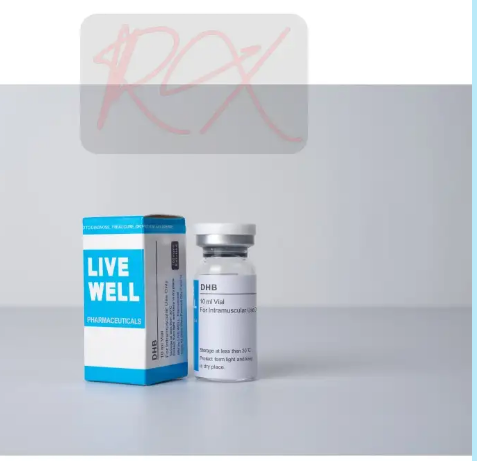
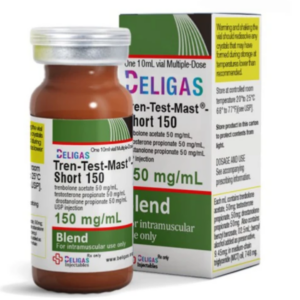
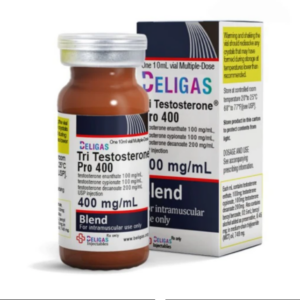
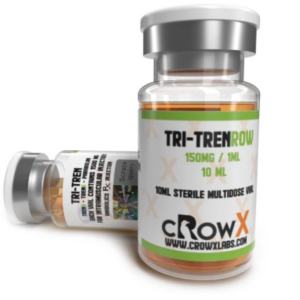
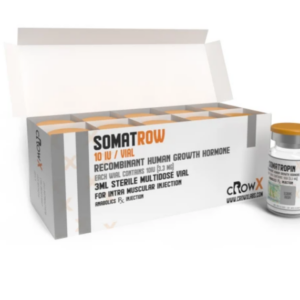
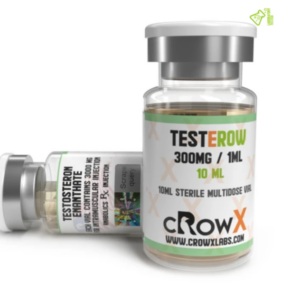
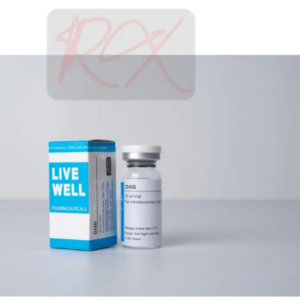
Reviews
There are no reviews yet.